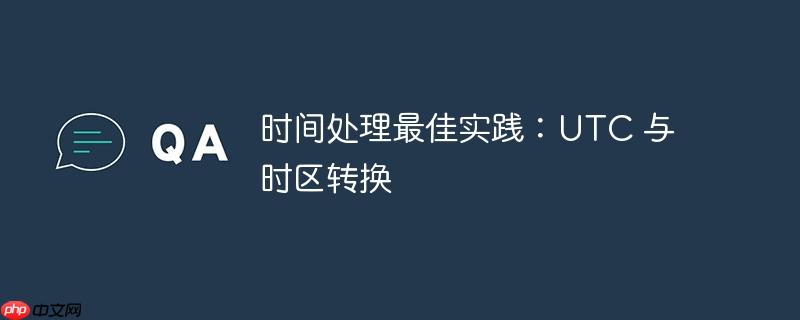
本文旨在阐述在应用程序中处理日期和时间的最佳实践,尤其是在 ui 和后端之间传递时间信息时。核心思想是坚持使用 UTC 作为数据存储和交换的通用标准,并在用户界面展示或特定业务逻辑需要时才进行时区转换。本文将深入探讨如何使用 java.time 库中的 Instant 和 ZonedDateTime 类来实现这一目标,并强调避免使用模糊的时区缩写。
为什么选择 UTC?
在应用程序中,尤其是在分布式系统中,统一的时间标准至关重要。UTC(协调世界时)是全球通用的时间标准,它不涉及夏令时调整,因此非常适合作为后端数据存储、日志记录、数据交换和大部分业务逻辑的基础。 使用 UTC 可以避免因不同时区带来的混乱和潜在错误。
使用 Java.time 处理时间
Java 8 引入了 java.time 包,它提供了强大的日期和时间处理功能。其中,Instant 类用于表示 UTC 时间的瞬时点,而 ZonedDateTime 类则用于表示带时区的日期和时间。
1. 表示 UTC 时间:Instant
Instant 类表示时间轴上的一个瞬时点,它始终以 UTC 为基准。可以使用 Instant.now() 获取当前 UTC 时间:
Instant instant = Instant.now(); // 始终是 UTC 时间 System.out.println("当前 UTC 时间: " + instant);
还可以使用 Instant.parse() 从 ISO 8601 格式的字符串中解析 UTC 时间。Z 表示 UTC 偏移量为零。
Instant instant = Instant.parse("2022-11-04T15:07:18.799Z"); System.out.println("解析后的 UTC 时间: " + instant);
2. 表示带时区的时间:ZonedDateTime
ZonedDateTime 类表示带时区的日期和时间。 可以使用 Instant.atZone() 方法将 Instant 对象转换为 ZonedDateTime 对象,并指定所需的时区。
ZoneId zoneId = ZoneId.of("America/New_York"); ZonedDateTime zonedDateTime = instant.atZone(zoneId); System.out.println("纽约时间: " + zonedDateTime);
3. 时区标识符:ZoneId
请注意,应该使用 IANA 时区数据库中的标准时区标识符(例如 America/New_York),而不是使用像 “EST” 这样的缩写。 “EST” 并非一个明确定义的时区,它可能会引起混淆,尤其是在夏令时转换期间。 可以使用 ZoneId.getAvailableZoneIds() 获取所有可用的时区标识符。
4. 格式化日期和时间:DateTimeFormatter
DateTimeFormatter 类用于格式化和解析日期和时间。可以使用预定义的格式,也可以自定义格式。
DateTimeFormatter formatter = DateTimeFormatter.ofPattern("yyyy-MM-dd HH:mm:ss z"); String formattedDateTime = zonedDateTime.format(formatter); System.out.println("格式化后的纽约时间: " + formattedDateTime);
UI 和后端的时间处理策略
UI 侧:
- 从后端接收 UTC 时间。
- 根据用户的地理位置或首选项,将 UTC 时间转换为本地时间,并进行展示。
- 如果需要向后端发送时间信息,将其转换为 UTC 时间。
后端侧:
- 始终以 UTC 格式存储和处理时间数据。
- 在需要向 UI 发送时间数据时,将其转换为 UTC 格式。
- 仅在特定的业务逻辑需要时,才进行时区转换。
示例:UI 向后端传递时间
假设 UI 需要向后端传递用户创建时间。 UI 首先获取用户在本地时区输入的时间,然后将其转换为 UTC 时间,并发送给后端。
// UI 侧代码 ZoneId userTimeZone = ZoneId.of("America/Los_Angeles"); // 假设用户在洛杉矶 LocalDateTime localDateTime = LocalDateTime.now(); // 获取用户本地时间 ZonedDateTime zonedDateTime = localDateTime.atZone(userTimeZone); // 转换为带时区的日期时间 Instant instant = zonedDateTime.toInstant(); // 转换为 UTC 时间 // 将 instant 转换为字符串,发送给后端 String utcTimeString = instant.toString(); // 例如: "2023-10-27T10:30:00Z" // 后端侧代码 Instant receivedInstant = Instant.parse(utcTimeString); // 从字符串解析为 UTC 时间 // 后续业务逻辑使用 receivedInstant
总结
- 始终使用 UTC 作为数据存储和交换的通用标准。
- 使用 java.time 包中的 Instant 和 ZonedDateTime 类来处理时间和时区。
- 避免使用模糊的时区缩写,而使用 IANA 时区数据库中的标准时区标识符。
- 仅在用户界面展示或特定业务逻辑需要时才进行时区转换。
遵循这些最佳实践,可以有效地避免与时间相关的错误,并提高应用程序的可靠性和可维护性。








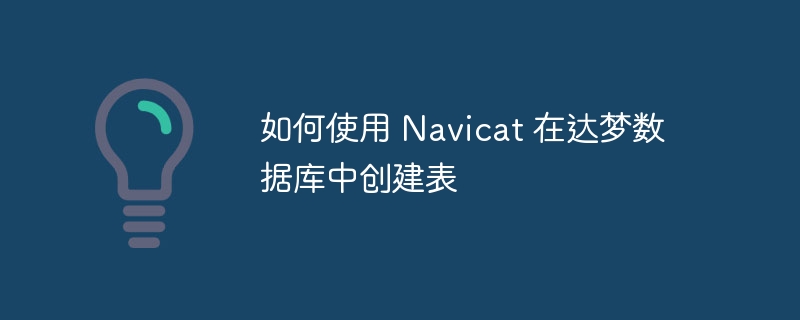


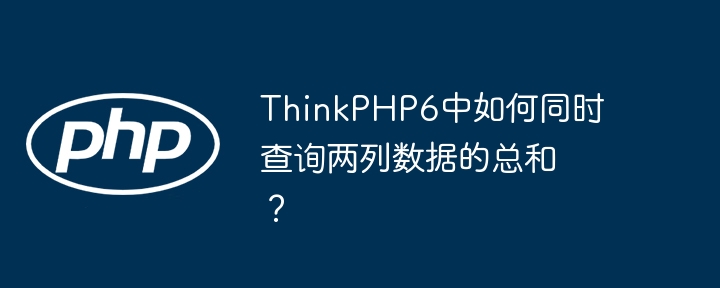

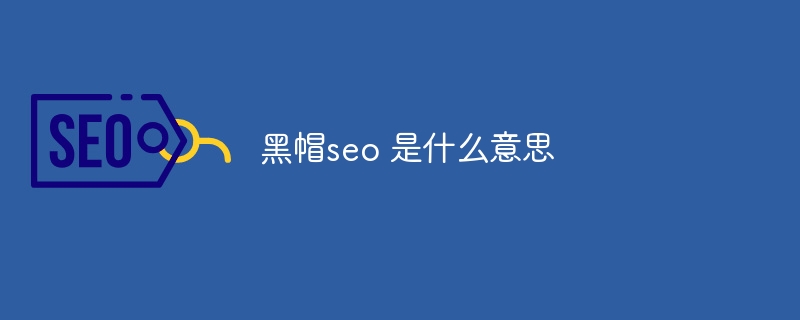
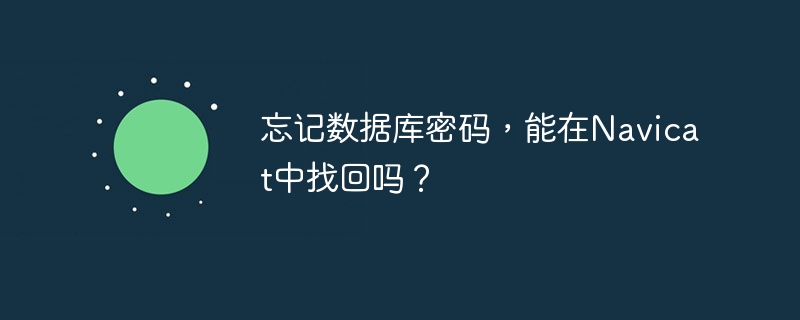





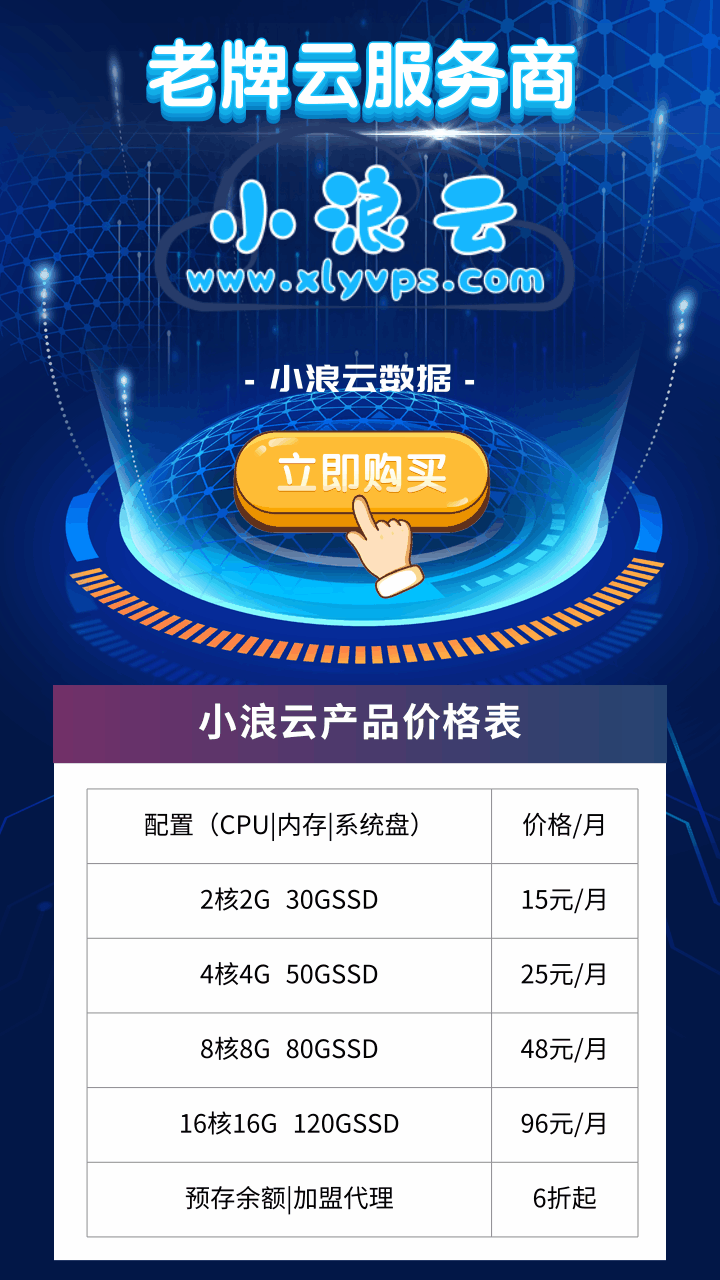
暂无评论内容